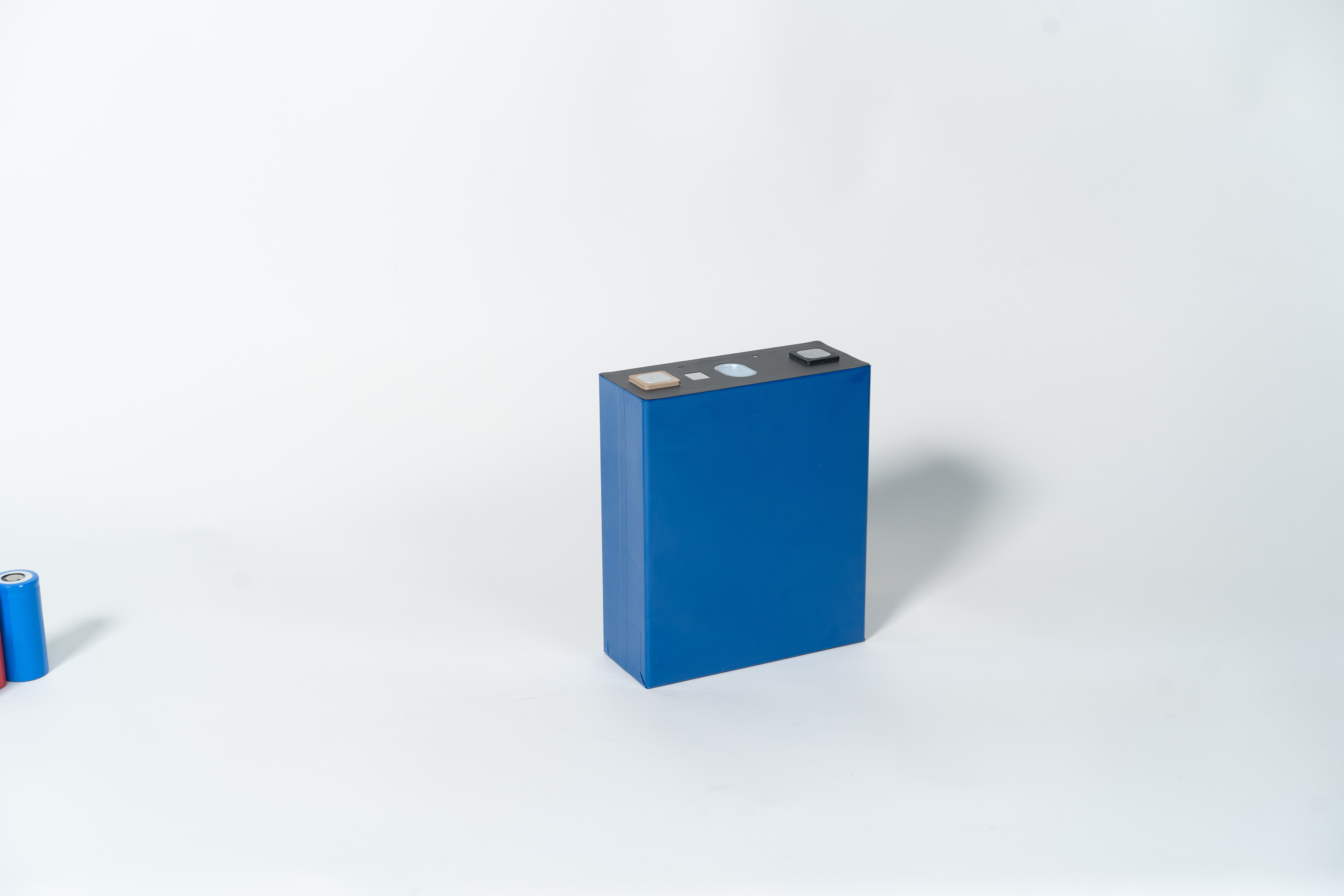Abstract: Lithium-ion technology has revolutionized the world with its high energy density, long lifespan, and environmental friendliness. This article aims to provide an in-depth understanding of the principles behind lithium-ion technology, its applications, and the challenges it faces. We will explore the history, the chemistry, and the future of this groundbreaking energy storage solution.

Introduction to Lithium-Ion Technology
Lithium-ion batteries have become an integral part of our daily lives. From smartphones to electric vehicles, lithium-ion technology has enabled the development of portable, efficient, and eco-friendly devices. The battery works by storing lithium ions in an electrolyte solution between two electrodes, one made of lithium cobalt oxide (LiCoO2) and the other made of graphite (carbon). During discharge, the lithium ions move from the positive electrode to the negative electrode, generating an electric current. Charging the battery involves reversing this process.
The Chemistry Behind Lithium-Ion Batteries
The key to the high energy density of lithium-ion batteries lies in the properties of lithium, the lightest metal known to man. Its small atomic size allows for more energy to be stored in a given volume, making lithium-ion batteries ideal for portable applications. The battery’s performance also depends on the choice of materials for the electrodes and electrolyte. Research is ongoing to improve the safety, lifespan, and energy density of lithium-ion batteries by developing new materials and optimizing existing ones.
Applications of Lithium-Ion Technology
Lithium-ion batteries have found their way into a wide range of applications, from consumer electronics to renewable energy storage systems. In the realm of consumer electronics, lithium-ion batteries power smartphones, laptops, and tablets, enabling us to stay connected on the go. The technology has also enabled the development of electric vehicles (EVs), which are becoming increasingly popular due to their low emissions and high efficiency. Additionally, lithium-ion batteries are used in renewable energy systems, such as wind and solar farms, to store energy for use during periods of low generation.
Challenges and Future Prospects
Despite its many advantages, lithium-ion technology faces several challenges. One of the most significant is the limited supply of lithium, which could hinder the large-scale deployment of lithium-ion batteries. To address this issue, researchers are exploring alternative materials, such as sodium-ion and potassium-ion batteries, which could offer a more sustainable solution. Another challenge is the safety of lithium-ion batteries, as they are prone to overheating and catching fire under certain conditions. Advances in battery management systems and the development of new, safer materials are crucial to overcoming this challenge.
In conclusion, lithium-ion technology has transformed the world we live in, enabling the development of efficient, portable, and eco-friendly devices. The chemistry behind these batteries is fascinating, and ongoing research continues to push the boundaries of what is possible. As we move towards a more sustainable future, lithium-ion technology will play a crucial role in powering our world.